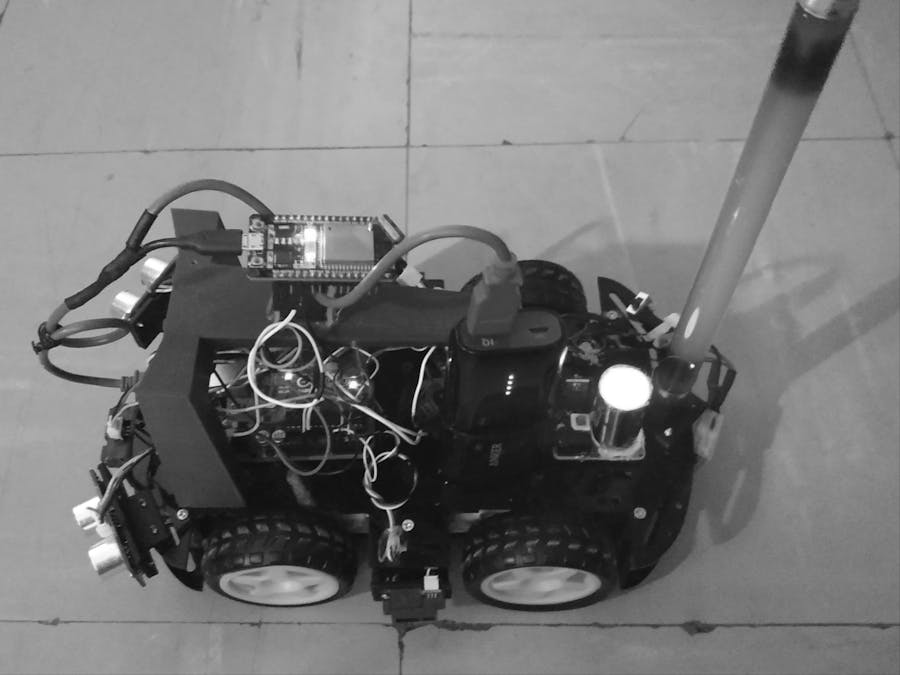CREDITS:
Read moreThis project is the first version of my project that was finalist for the Hackaday Prize 2021.
Challenge: The Redefine Robotics Challenge
https://hackaday.io/project/181361-uv-sanitizing-autonomous-robot
58 projects • 64 followers
Electronics and Communications Engineer (ECE) & Renewable Energy: 14 prizes in Hackster / Hackaday Prize Finalist 2021-22-23







_ztBMuBhMHo.jpg?auto=compress%2Cformat&w=48&h=48&fit=fill&bg=ffffff)
















Comments